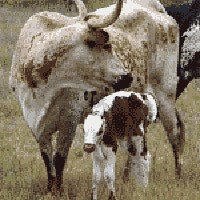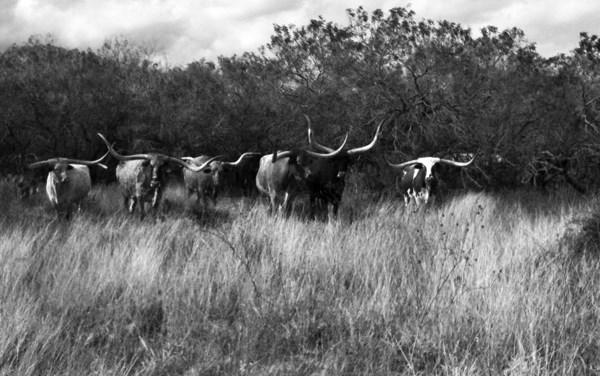
The ranchlands stretched in an arc about 20 to 30 miles to the north and south of the missions along both sides of the river. Mission San Antonio de Valero had Rancho de la Mora and, after the 1760s, shared Rancho de Monte Galvan with Concepción and San Juan. The missions and their associated ranchos were as follows: Mission Concepción - Rancho del Paistle; Mission San José - Rancho Atascoso; Mission San Juan - Rancho de Pataguilla, and Mission Espada - Rancho de las Cabras. These ranchos were begun in the 1740s, and peaked in the 1750s and 1760s when full title to the lands were sought by each mission. Mission Indian men, sometimes with their families, lived part of the year on the ranchos in compounds built for that purpose. Taught to care for the livestock by missionaries, their lay assistants, and the soldiers, they came to be known as vaqueros, the first Texas cowboys. 
back to Mission Community The Franciscans Ranching |
Last updated: September 2, 2016
